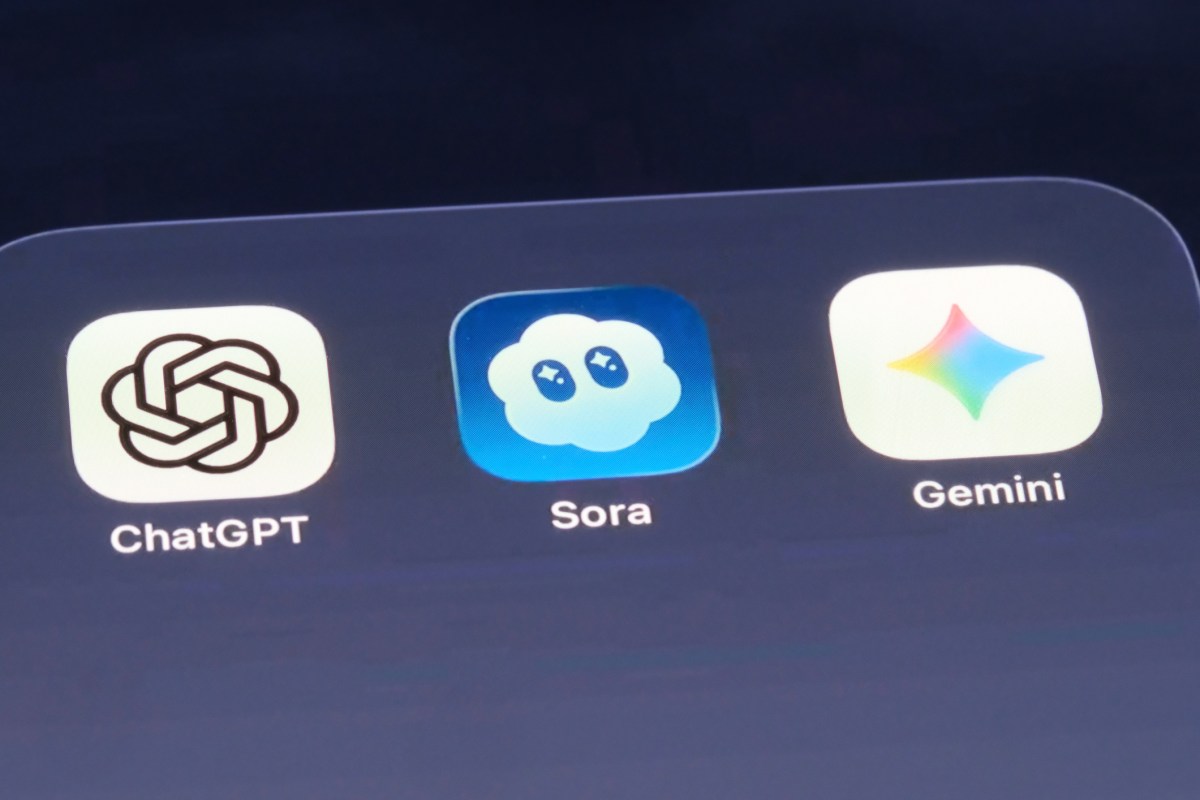OpenAI's Sora AI Video Generator Expands to Android in Multiple Markets

Key Points
- Sora launches on Android in the US, Canada, Japan, Korea, Taiwan, Thailand and Vietnam.
- The Android app mirrors iOS features, including the AI‑driven “Cameos” tool.
- A TikTok‑style feed lets users share and discover AI‑generated short videos.
- OpenAI positions Sora against competitors like Meta’s Vibes, TikTok and Instagram.
- The app paused generation of content featuring Martin Luther King Jr. after backlash.
- Copyright policy shifted to an opt‑in model requiring rights‑holder permission.
- OpenAI faces a legal dispute with Cameo over the naming of the “Cameo” feature.
- Future updates will add character cameos, pet/object videos, and enhanced editing tools.
OpenAI has released its AI‑powered video creation app Sora for Android users in the United States, Canada, Japan, Korea, Taiwan, Thailand and Vietnam. The Android version mirrors the iOS app’s features, including the “Cameos” tool that lets users generate videos with their own likeness and a TikTok‑style feed for sharing. The rollout follows Sora’s rapid rise on iOS, where it topped charts and logged over a million downloads in its first week. OpenAI is positioning Sora against competitors such as Meta’s Vibes, TikTok and Instagram while addressing criticism over deep‑fake content and copyrighted material.
Launch and Global Availability
OpenAI announced that its AI video generator, Sora, is now officially available on Android devices in the United States, Canada, Japan, Korea, Taiwan, Thailand and Vietnam. The app originally launched on iOS in September and quickly rose to the top of the App Store charts, achieving more than one million downloads within a week of release. By extending to the Google Play Store, OpenAI expects to attract a broader user base and further increase download volume.
Core Features and User Experience
Sora’s Android version retains all of the functionality introduced on iOS. Central to the experience is the “Cameos” feature, which enables users to generate short videos that depict themselves performing a variety of activities using their own facial likeness. Generated clips can be posted to a feed that resembles TikTok, allowing users to discover, like, and comment on content created by others. The app also supports basic video editing tools, including the ability to stitch multiple clips together.
Competitive Positioning
OpenAI’s rollout of Sora is a strategic move to compete in the crowded short‑form video market. The company aims to challenge major platforms such as Meta, which recently introduced its own AI‑driven video feed called Vibes, as well as established players like TikTok and Instagram. By leveraging AI‑generated content, OpenAI hopes to differentiate Sora and capture users seeking novel creation tools.
Controversies, Guardrails, and Policy Adjustments
Following its initial launch, Sora faced criticism for enabling disrespectful deep‑fake videos of historical figures, including a notable instance involving Martin Luther King Jr. In response, OpenAI temporarily halted the generation of content depicting Dr. King and strengthened its internal guardrails. The company also revised its approach to copyrighted characters, shifting from an “opt‑out” model to an “opt‑in” system that requires rights holders to grant explicit permission before their characters appear in generated videos. Additionally, OpenAI is currently involved in a legal dispute with the celebrity video platform Cameo over the naming of Sora’s flagship “Cameo” feature.
Future Enhancements
Looking ahead, OpenAI plans to broaden Sora’s creative capabilities. Upcoming updates will introduce character cameos, allowing users to place AI‑generated representations of well‑known personalities into videos, as well as features that let users create content featuring pets and inanimate objects. Further development will focus on expanding basic editing tools, improving feed customization so users can prioritize content from selected creators, and refining the overall user experience to maintain a competitive edge in the AI‑driven video space.